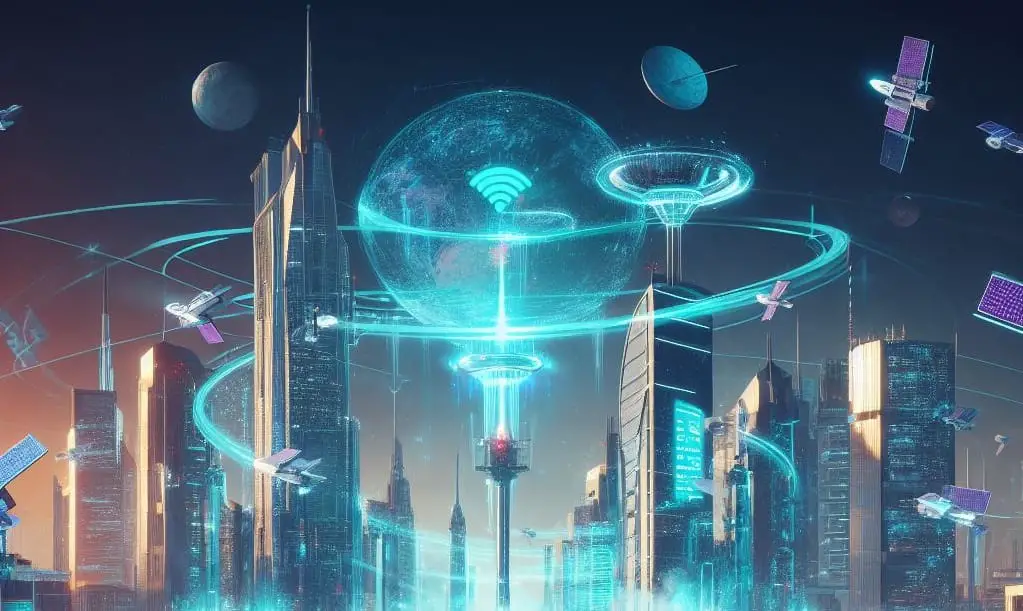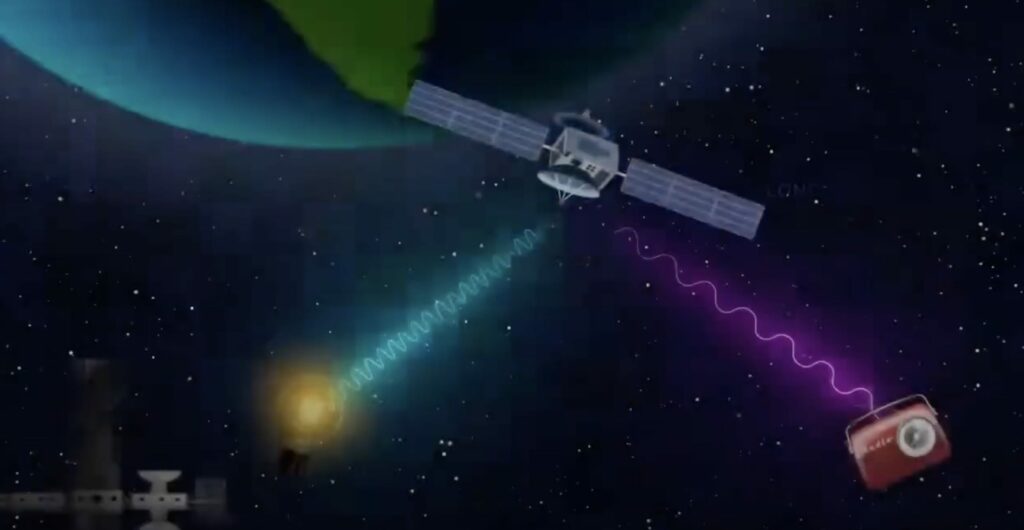I’m looking ahead to the future of satellite internet. It’s an exciting realm where innovation meets practicality, and I can’t wait to share what’s on the horizon.
Satellite internet is undergoing transformative advancements promising faster, more accessible connections. Key developments include:
- Low Earth Orbit (LEO) Satellites: Offering quicker data transfers due to proximity to Earth.
- Satellite Constellations: Ensuring continuous global coverage.
- Onboard Processing: Enabling real-time data analysis in space.
- Advanced Beamforming: Optimizing signal strength in targeted areas.
- Inter-Satellite Links: Enhancing global data relay.
- Quantum Encryption Satellites: Offering ultra-secure communication.
- Advanced Ground Systems: Bridging space and terrestrial devices.
- Very High Throughput Satellites (VHTS): Handling massive data for faster internet.
These advancements herald a new era of connectivity, with potential applications in remote work, IoT, and emergency services. However, challenges like space debris, regulatory barriers, and security concerns must be addressed.
In this article, I’ll delve into these revolutionary advancements and their potential implications for our daily lives. From Low-Earth Orbit (LEO) satellites revolutionizing connectivity in rural areas to the emerging developments reshaping how we access the digital world—I’ve got you covered!

Current Satellite Technological Advancements
Regarding satellite internet, there’s no shortage of exciting technological advancements. Let’s take a moment and dive into some of the most significant ones impacting this field.
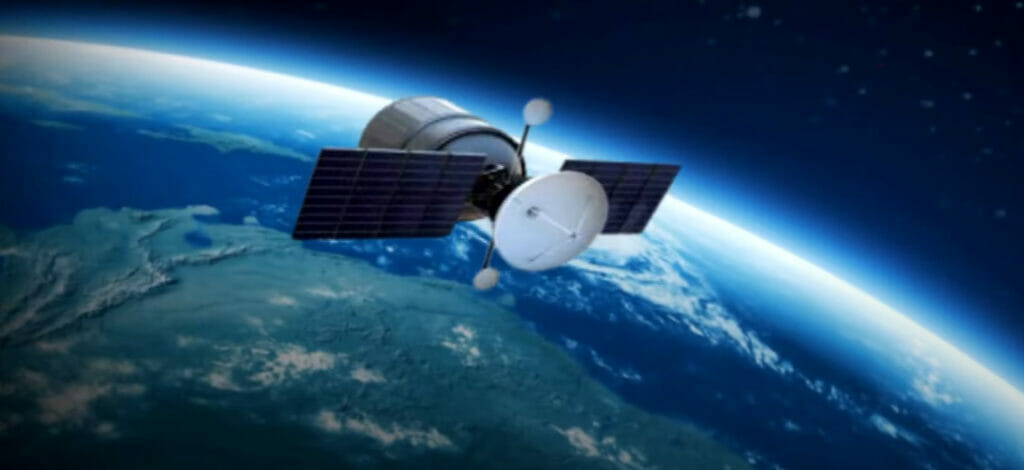
Low Earth Orbit (LEO) Satellites
LEO satellites are a fresh breed of space technology. Positioned closer to Earth, they usually fly at altitudes below 1,200 miles.
- Role: Their prime advantage is proximity. Closer orbits translate to snappier data transfers, making them a top pick for tasks that require real-time communication and accurate earth observation.
- Advantage: The standout benefit is reduced latency. In simple terms, this means faster internet speeds and a user experience that rivals traditional broadband.
- Provider: Front runners like SpaceX’s Starlink and OneWeb have recognized the potential and are aggressively deploying LEO satellite networks.
- Future Outlook: The next few years look promising. More LEO satellites are set to be dispatched, promising broader global coverage and, likely, even more wallet-friendly options for the end-users.
Satellite Constellations
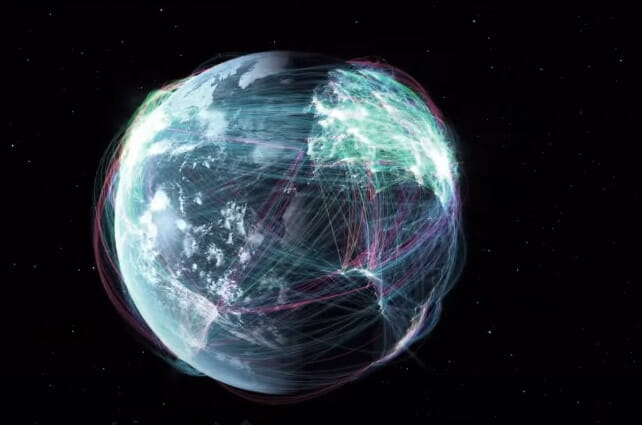
Think of satellite constellations as a meticulously orchestrated ballet in space, where multiple satellites coordinate their movements and functions.
- Role: These satellites don’t work solo. Operating in perfect synchronization, they weave a web of global connectivity, adding a layer of data redundancy.
- Advantage: Continuous coverage is their hallmark. This tight-knit operation ensures minimal communication blackouts and service disruptions.
- Provider: Starlink shines again in this domain. Their vision involves launching thousands of satellites to blanket the Earth with unwavering coverage.
- Future Outlook: Expect innovation to surge. More sophisticated constellations will rise, tailored to serve specific industries and regions.
Onboard Processing

Picture a satellite that doesn’t just transmit data but also thinks and processes it on the fly. That’s onboard processing.
- Role: This tech is a game-changer for real-time data analysis. Satellites with onboard processing chips swiftly filter and handle data, making their operations sharp and responsive.
- Advantage: Immediate data delivery to Earth becomes a norm, bypassing the lengthy waits for raw data transfers.
- Provider: Aerospace giants like Airbus and Boeing aren’t missing out. They’re embedding top-tier onboard processors into their satellite designs.
- Future Outlook: The horizon looks intriguing. Fusing AI and onboard processing could redefine satellite operations, steering them toward unparalleled autonomy.
Advanced Beamforming
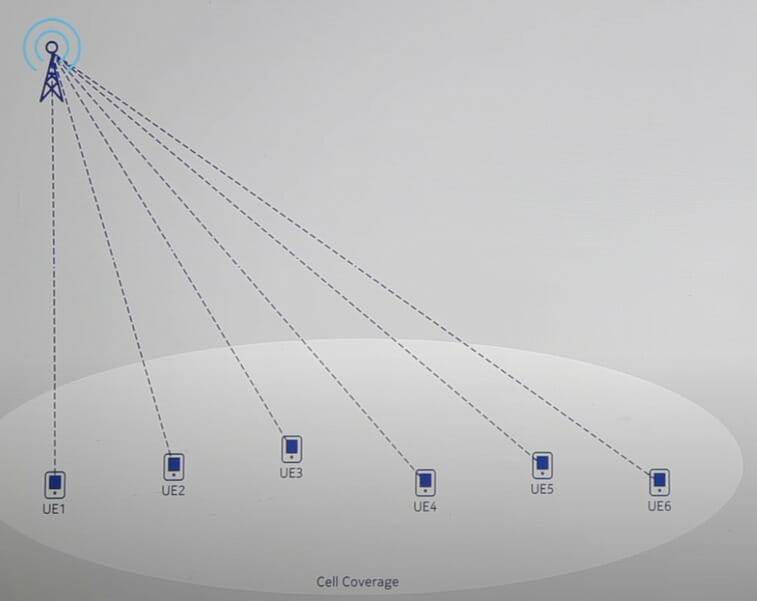
Beamforming is like a satellite’s laser-focused vision, directing its signal strength to where it’s most needed.
- Role: This technique is all about signal optimization. Zeroing in on specific areas or devices ensures top-notch connection quality.
- Advantage: The end result? Robust signals and sprightly data speeds, even in locations where interference is a common headache.
- Provider: Tech behemoths like Qualcomm are at the forefront, sculpting the next generation of beamforming tech for satellite communication.
- Future Outlook: As the world becomes more connected, the evolution of beamforming will match pace, offering real-time signal adaptability to match user dynamics.
Inter-Satellite Links
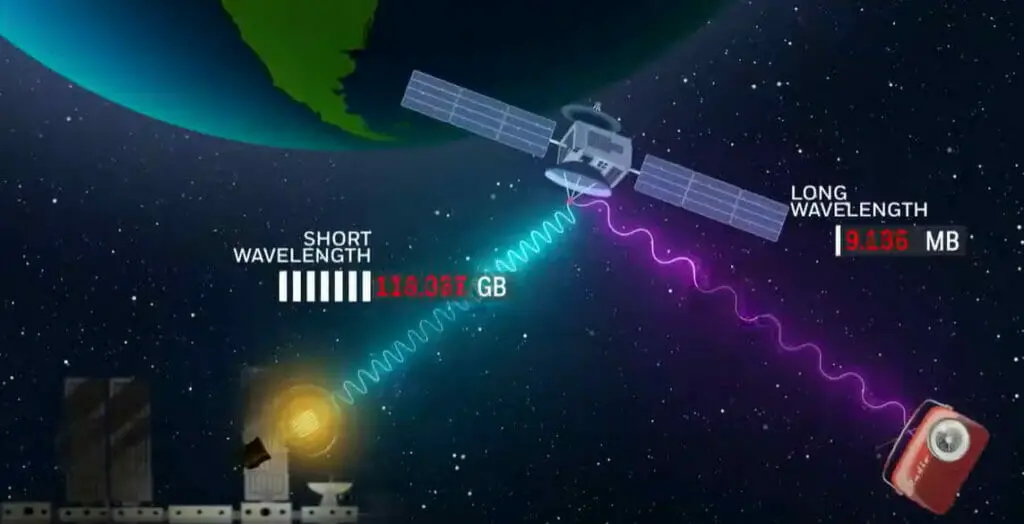
It’s a modern chat system for satellites. Inter-satellite links are specialized communication bridges allowing satellites to converse without an Earth middleman.
- Role: This system streamlines data transfer, enabling satellites to share data eradicating the need for frequent back-and-forth relays to Earth.
- Advantage: Communication becomes truly space-based, boosting global data relay speeds and reducing the reliance on terrestrial ground stations.
- Provider: Starlink is making waves again, ensuring its sprawling satellite constellation stays interconnected and efficient.
- Future Outlook: As satellite networks expand, these links will become the essential arteries of space-based internet, knitting together vast constellations into one cohesive unit.
Quantum Encryption Satellites
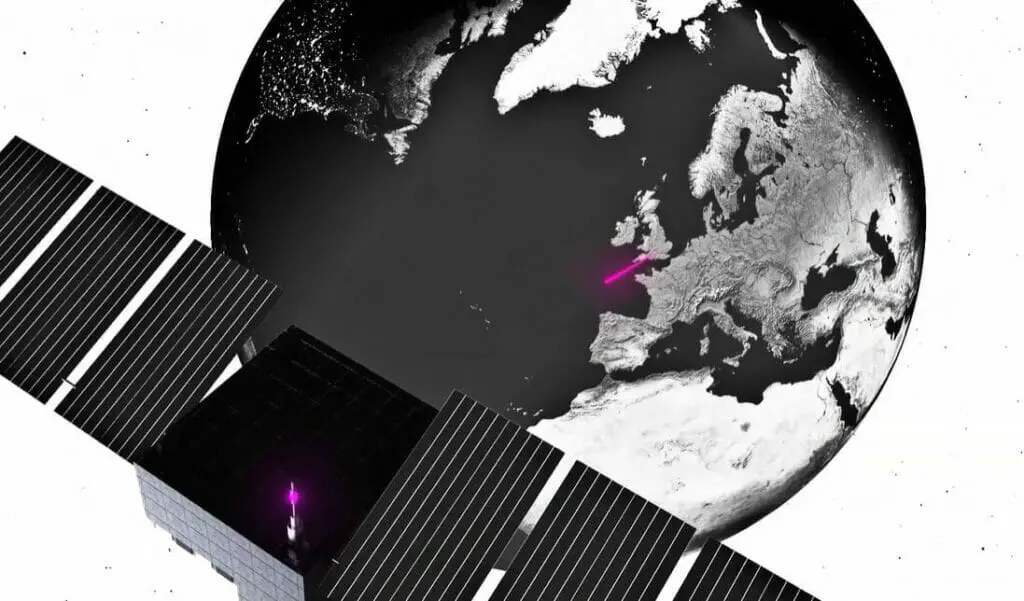
Quantum encryption satellites leverage the principles of quantum mechanics to create ultra-secure communication channels.
- Role: These satellites step in as sentinels in a world with escalating cybersecurity concerns. They can transmit cryptographic keys using entangled photons, making eavesdropping practically impossible.
- Advantage: Their standout trait is ultra-security. If a third party tries to intercept the quantum key distribution, it disrupts the quantum state of the photons, making any intrusion detectable.
- Provider: China has already set a benchmark with its Micius satellite, pioneering the efforts in quantum satellite communications.
- Future Outlook: As data breaches and cyber threats loom, the adoption and evolution of quantum encryption satellites will be paramount. Soon, they might become the gold standard for confidential communications in civilian and defense sectors.
Advanced Ground Systems

Regarding satellite internet, it’s not just about what’s floating in space. Ground systems play a pivotal role in making the magic happen.
- Role: Ground systems act as the bridge. They receive process, and transmit data to and from satellites, serving as the crucial link between space and our devices here on Earth.
- Advantage: Efficiency is the name of the game. Advanced ground systems ensure faster data processing, reduced latency, and more reliable connectivity, no matter where you are.
- Provider: Big players like SES and Iridium are investing heavily in sophisticated ground infrastructure, understanding its criticality in the entire satellite communication ecosystem.
- Future Outlook: As satellite networks become denser and user demands grow, expect ground systems to morph into highly adaptive, AI-driven hubs, streamlining communication and setting new standards for speed and reliability.
Very High Throughput Satellites (VHTS)
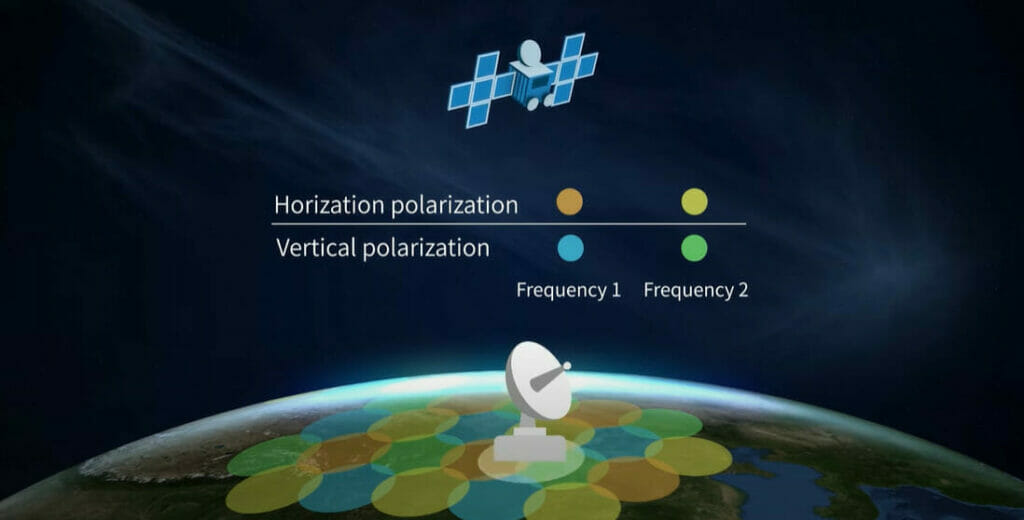
Imagine boosting the speed and efficiency of satellite communication. VHTS is doing just that, reshaping how we view broadband from space.
- Role: VHTS are designed with one key goal: to supercharge the data capacity. They handle a massive amount of data, making satellite broadband more potent than ever before.
- Advantage: The standout is, of course, the high-speed data transmission. Users can experience faster internet speeds, smooth video streaming, and lag-free online experiences, even in areas traditionally starved for quality internet.
- Provider: Satellite industry heavyweights like Eutelsat and Inmarsat are diving deep into VHTS tech, prepping to launch satellites that promise to redefine broadband standards.
- Future Outlook: As the world’s hunger for data grows, VHTS will likely be at the forefront. We’re on the cusp of a broadband revolution, with VHTS potentially making satellite internet a top choice for consumers everywhere.
Benefits of Satellite Advancements

Let’s dive right into the benefits of these technological advancements, shall we?
- Improved Connectivity Speeds: It’s no secret that faster internet speeds are a big deal — and satellite internet is no exception. Thanks to technology advancements, satellite connections have become much quicker.
- Wider Coverage: Traditional wired networks have limitations — they can’t reach everywhere. But with satellites? They’ve got Earth covered…literally! This is fantastic news for people living in rural or remote areas where traditional networks fall short.
- Scalability: As demand grows, so must supply — and satellite internet systems are poised to meet this challenge head-on. With more satellites being launched into space than ever, we’re gearing up for an explosion in user numbers without skipping a beat regarding quality service delivery.
Challenges and Roadblocks
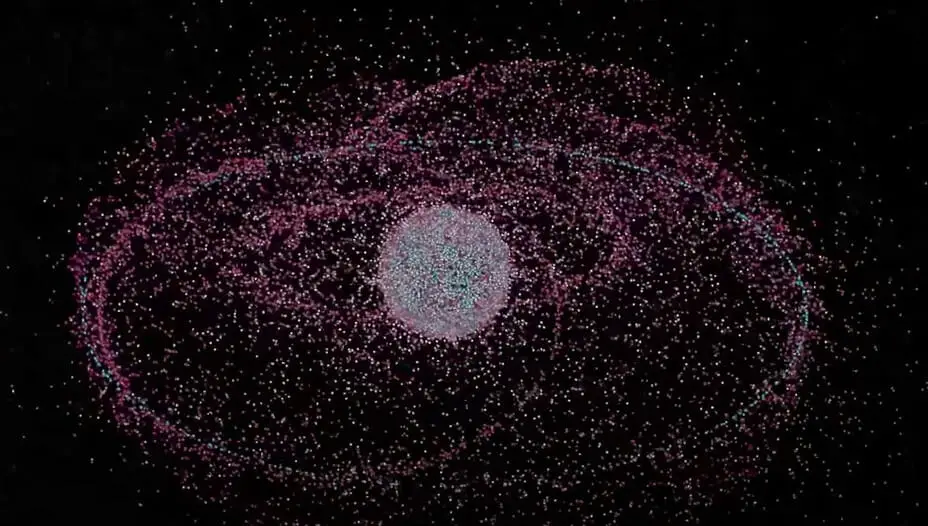
As we dive into the future of satellite internet, it’s important to acknowledge some significant hurdles. While there’s no doubt that technological advancements are propelling us toward a new era of connectivity, we’re also facing some substantial challenges.
- Space Debris: Otherwise known as ‘space junk’. Over 500,000 pieces of space junk are orbiting Earth at speeds up to 17,500 mph. One small piece can damage a satellite or spacecraft significantly.
- Regulatory Hurdles: Satellite internet isn’t just about launching hardware into space and navigating complex global regulations and policies. Each country operates under unique telecommunication laws and licensing agreements, which can slow progress or even halt projects entirely.
- Infrastructure Costs: Building infrastructure on Earth (like ground stations) and manufacturing satellites aren’t cheap undertakings! These factors drive up initial start-up costs, and ongoing maintenance and upgrades add a continuous financial burden.
Potential Use Cases in the Future
Let’s dive into the first potential use case – remote work and education.

- Remote Work and Education: We’re already seeing a shift towards remote work, but high-speed, reliable internet isn’t always available in more isolated locations. With advancements in satellite internet technology, we can take our offices or classrooms anywhere.
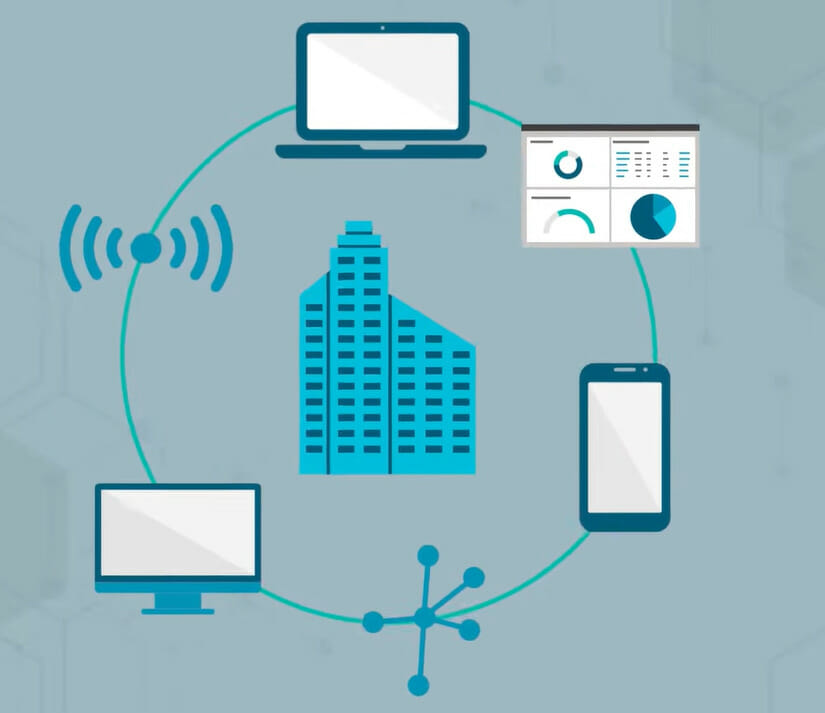
- IoT and Smart Devices: In today’s smart-device world, stable internet is key. Satellite internet delivers, ensuring every gadget works flawlessly, no matter where you are.

- Emergency Services: Regular networks might falter when disaster strikes, but satellite internet stands strong. It’s not swayed by earthly chaos. Satellite internet breaks down geographic barriers, opening up endless opportunities. As tech gets better, our world becomes even more connected.
Satellite Internet Security Concerns

Satellite internet, with its promise of global coverage, brings to light several security concerns that users and providers alike need to be aware of:
- Signal Interception: Due to the long distances satellite signals traverse, there is an increased risk of interception. Secure encryption protocols are vital to ensure the confidentiality and integrity of transmitted data.
- Phishing and Malware: Satellite internet is not immune to the ubiquitous threats of phishing attempts and malware infestations. Regular software updates and user awareness campaigns are paramount to combat these issues.
- Physical Attacks on Ground Stations: Ground stations, which play a pivotal role in satellite internet communication, can become targets for physical breaches. Comprehensive security measures, including surveillance and fortified infrastructure, are necessary to safeguard these vital assets.
- Jamming and Spoofing: Deliberate disruption of satellite signals, whether through jamming or spoofing, can hinder communication. Advanced detection and countermeasure systems must be in place to promptly detect and neutralize these threats.
- Legacy Systems Vulnerability: Satellite systems that rely on older technology may lack the latest security features, making them vulnerable to newer threats. A systematic approach to upgrading and patching these systems is critical.
- Device Security: The security of end-user devices, such as satellite modems and routers, is equally important. Ensuring these devices are built with robust security standards and are routinely updated can prevent potential vulnerabilities.
References
Website Resources:
- SpaceX’s Starlink Official Website. https://www.starlink.com/
- Amazon’s Project Kuiper Official Overview. https://www.aboutamazon.com/what-we-do/devices-services/project-kuiper
- Satellite Internet: The Advantages & Disadvantages. https://broadbandnow.com/guides/satellite-internet-pros-and-cons
- NASA’s Orbital Debris Program Office. https://orbitaldebris.jsc.nasa.gov/
- International Telecommunication Union (ITU). https://www.itu.int/en/Pages/default.aspx
Video References:
Yuga Tech
CNBC-TV18
Nokia
Ravi Teja Creative Catchers !!
Thales
DW Planet A
Eye on Tech
Technology Stories
APT Satellite
Lockheed Martin
Jas Sidhu

